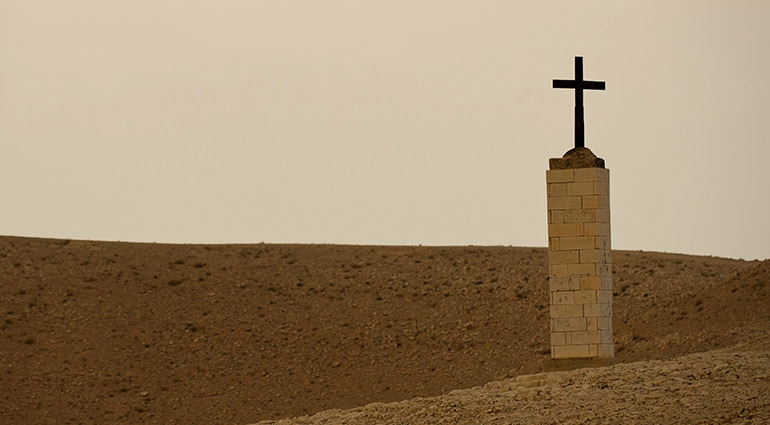
Reporting in the journal Pediatrics, researchers say that babies who grow up in homes with a pet — namely a dog or a cat — are less likely to get sick than children who live pet-free. The results bolster the notion that keeping infants’ environments overly sanitized isn’t good for their health. Previous research has linked the presence of pets with a lower risk of allergies among babies, while a recent study in mice found that exposure to household dust from homes with a dog prevented infection with a common respiratory virus that is thought to increase the risk of childhood asthma.
So, how do pets protect against these diseases? It’s not entirely clear, but researchers think that exposure to pet dander, as well as the microbes that pets carry into the home from outdoors, could prime babies’ still-developing immune systems and train them early to fend off assaults from common allergens and bugs, such as from animals or other bacteria and viruses.
“We think the exposure to pets somehow matures the immune system so when the child meets the microbes, he might be better prepared for them,” says Dr. Eija Bergroth, a pediatrician at Kuopio University Hospital in Finland who led current study.
Bergroth and her colleagues didn’t analyze the babies in their study for immune-system markers to verify the theory, but they hypothesize that the same process that may help kids steer clear of allergies or asthma may also explain why some infants can stave off colds better than others.
For their study, the researchers followed 397 children born in Finland between 2002 and ’05. For the first year of life, parents kept weekly logs of their children’s health, jotting down symptoms like coughing, runny nose and ear infections; they also noted when kids’ got prescribed antibiotics. The researchers found that babies who grew up in homes with pets were 44% less likely to develop an ear infection and 29% less likely to receive antibiotics, compared with pet-free babies.
Kids with dogs fared better than those with cats: Overall, babies who lived with a dog were 31% more likely to be healthy in their first year than babies without a dog; kids from homes with cats were 6% more likely to be healthy than those in cat-free families.
The fact that kids in pet-friendly homes got fewer antibiotics to treat respiratory infections is encouraging. Overuse of antibiotics is known to encourage drug-resistance in bacteria, making them harder to treat.
Bergroth’s study also underscores the importance of timing when it comes to pet exposure: so far, all the evidence suggests that early exposure to pets may be most helpful in lowering children’s risk of allergies and asthma. That’s because during the first year of life, babies’ immune systems are still learning how to recognize microbial friend from foe, and it could be that early training with low-dose exposures in the form of pet hair may be beneficial.
When it comes to colds and ear infections, however, Bergroth’s study found an interesting twist: kids with pets were healthier overall, but the health benefit appeared to be greatest in babies whose pets weren’t around as much. Those who had dogs who spent less than six hours a day inside, for example, had fewer infections than kids who grew up with indoor-only dogs. That suggests that when animals are allowed to bring in more dirt and microbes from outdoors, it helps strengthen babies’ immune systems faster.
But despite the good news about pets, it’s probably not necessary to get a dog or cat if you don’t already have one. For one thing, some previous studies have shown that for children who may have a predisposition to developing allergies or asthma, living with a pet can exacerbate their symptoms. Bergroth also notes that her study focused on children living in rural or suburban areas of Finland, and that the microbes dogs and cats track inside in these regions may be different from those brought in by pets living in urban areas, where unsanitary trash bins or sewers can harbor bugs that may harm infants, rather than help.
Bottom line: you shouldn’t get a pet expressly to protect your child from colds, but you also don’t need to worry about getting rid of Fido out of fear that he may do harm by nuzzling up to your newborn.
Park is a writer at TIME. Find her on Twitter at @aliceparkny. You can also continue the discussion on TIME’s Facebook page and on Twitter at @TIME.


